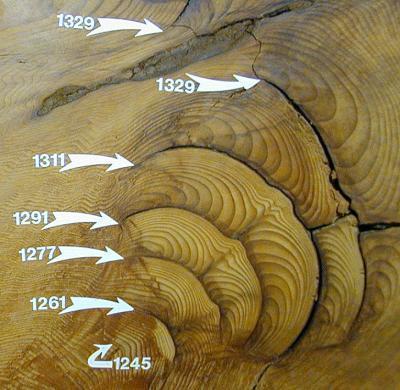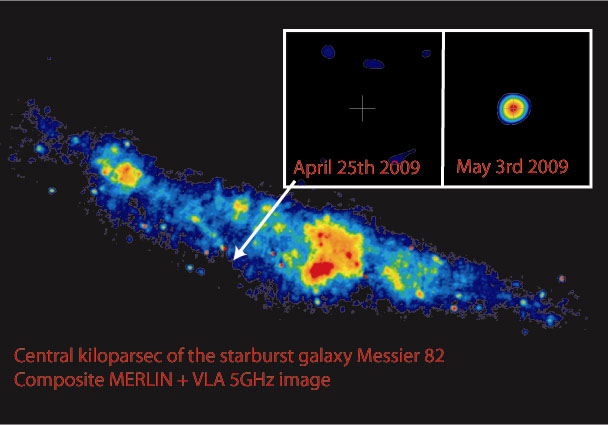Genetic data points to ancient liaisons between species.
© Christoph P.E. ZollikoferAn interspecies love child?
Archaic humans such as Neanderthals may be gone but they're not forgotten - at least not in the human genome. A genetic analysis of nearly 2,000 people from around the world indicates that such extinct species interbred with the ancestors of modern humans twice, leaving their genes within the DNA of people today.
The discovery, presented at the annual meeting of the American Association of Physical Anthropologists in Albuquerque, New Mexico, on 17 April, adds important new details to the evolutionary history of the human species. And it may help explain the fate of the Neanderthals, who vanished from the fossil record about 30,000 years ago. "It means Neanderthals didn't completely disappear," says Jeffrey Long, a genetic anthropologist at the University of New Mexico, whose group conducted the analysis. There is a little bit of Neanderthal leftover in almost all humans, he says.
The researchers arrived at that conclusion by studying genetic data from 1,983 individuals from 99 populations in Africa, Europe, Asia, Oceania and the Americas. Sarah Joyce, a doctoral student working with Long, analyzed 614 microsatellite positions, which are sections of the genome that can be used like fingerprints. She then created an evolutionary tree to explain the observed genetic variation in microsatellites. The best way to explain that variation was if there were two periods of interbreeding between humans and an archaic species, such as
Homo neanderthalensis or
H. heidelbergensis."This is not what we expected to find," says Long.

